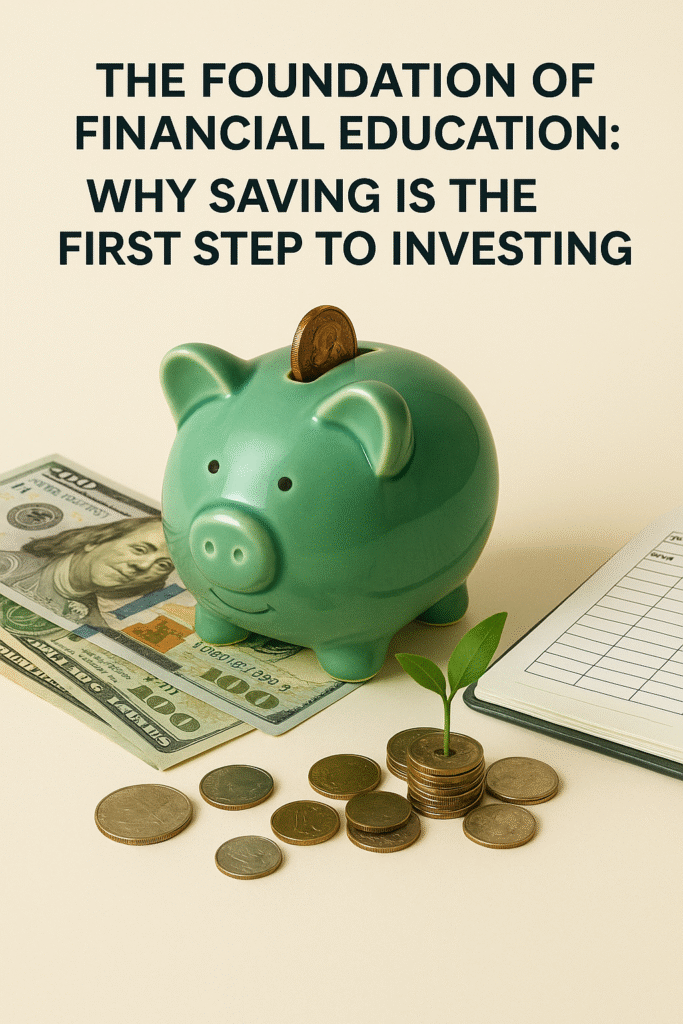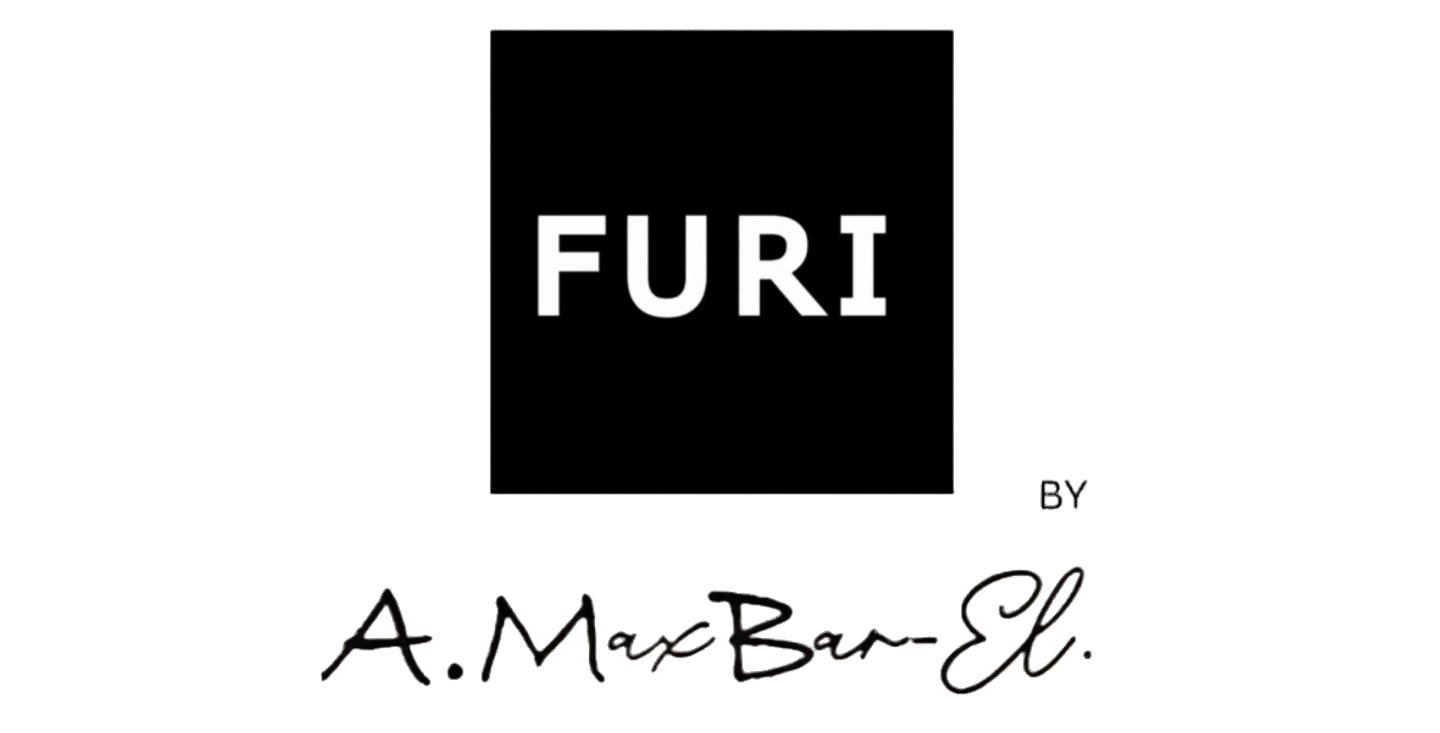
Chapter 1 – The Foundation of Financial Education: Why Saving Is the First Step to Investing
Everyone dreams of investing, multiplying their wealth, and achieving financial freedom, but many forget one crucial detail that sounds obvious and yet is ignored every single day: before you can invest, you must learn how to save. It may sound too simple, but this is the foundation of any serious plan for long-term financial independence.
When I talk about saving, I don’t just mean cutting random expenses, I’m talking about creating awareness of every single dollar that comes in and goes out of your pocket. Too often people believe they will only start saving once they earn more money. That is one of the biggest financial traps of modern life. If you can’t save when you have little, chances are you won’t save when you have more. It’s not about the amount, it’s about the habit and the mindset. And here comes the power of financial education, something Robert Kiyosaki emphasized in Rich Dad Poor Dad when he explained how understanding personal cash flow can completely change a person’s life.
I personally believe financial education should be taught in schools, but since it isn’t, it’s our responsibility to pursue this knowledge. Simple tools like budgeting apps or even a basic spreadsheet can be the difference between always being broke or finally building an emergency fund. The U.S. Federal Reserve and Investopedia provide free guides on personal finance and money management. But here’s the truth: reading isn’t enough — you need to apply it.
Now, here’s my opinion: saving does not mean living a miserable life or depriving yourself of everything. It means making conscious choices. You can absolutely go out for coffee or take a vacation, but you must understand how that decision fits into your budget and how it impacts your long-term goals. Every expense I make, I think of it as a trade-off between an immediate pleasure and the construction of something bigger in the future. This is what I call financial intuition, and it’s at the heart of FURI – Follow Your Intuitions. If something inside you says it’s time to hold back on a purchase so you can invest in something greater tomorrow, listen to it.
Another critical point: saving is the very first investment you make. Setting aside $500 a month into an emergency fund is just as important as putting money into stocks or real estate, because it builds security, peace of mind, and, most importantly, discipline. It’s like laying the foundation of a house — no one sees it, but it’s what holds everything else together. Dave Ramsey insists on this in his work, reminding us that there is no financial independence without first creating a safety net that protects you from life’s surprises.
What strikes me most is that people often fail not because they don’t have opportunities to invest, but because they simply don’t have the habit of spending less than they earn. And here I completely agree with investors like Warren Buffett: the difference between financial success and failure is rarely about how much you earn, it’s about controlling your impulses and learning to live below your means.
If I had to summarize this entire chapter in one sentence, it would be: saving is planting the seed that one day grows into freedom. The problem is, most people want the fruit without cultivating the soil, watering the seed, and waiting with patience. I invite you to look at your finances today and ask yourself: “If I continue with these exact same habits for the next ten years, will I be closer to freedom, or stuck with the same worries I have right now?” That single question may be the spark of a complete transformation.

2 thoughts on “Chapter 1 – The Foundation of Financial Education: Why Saving Is the First Step to Investing”